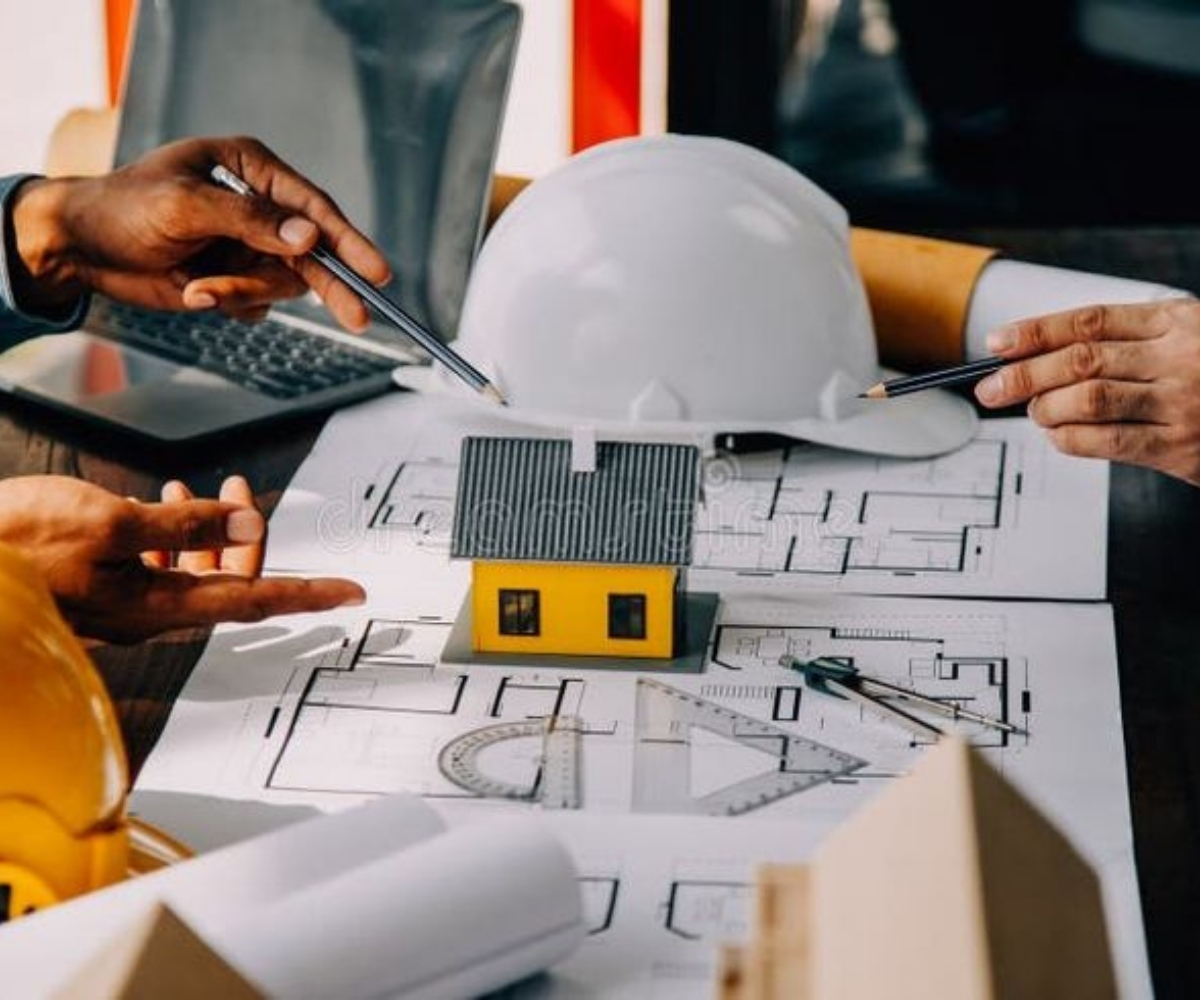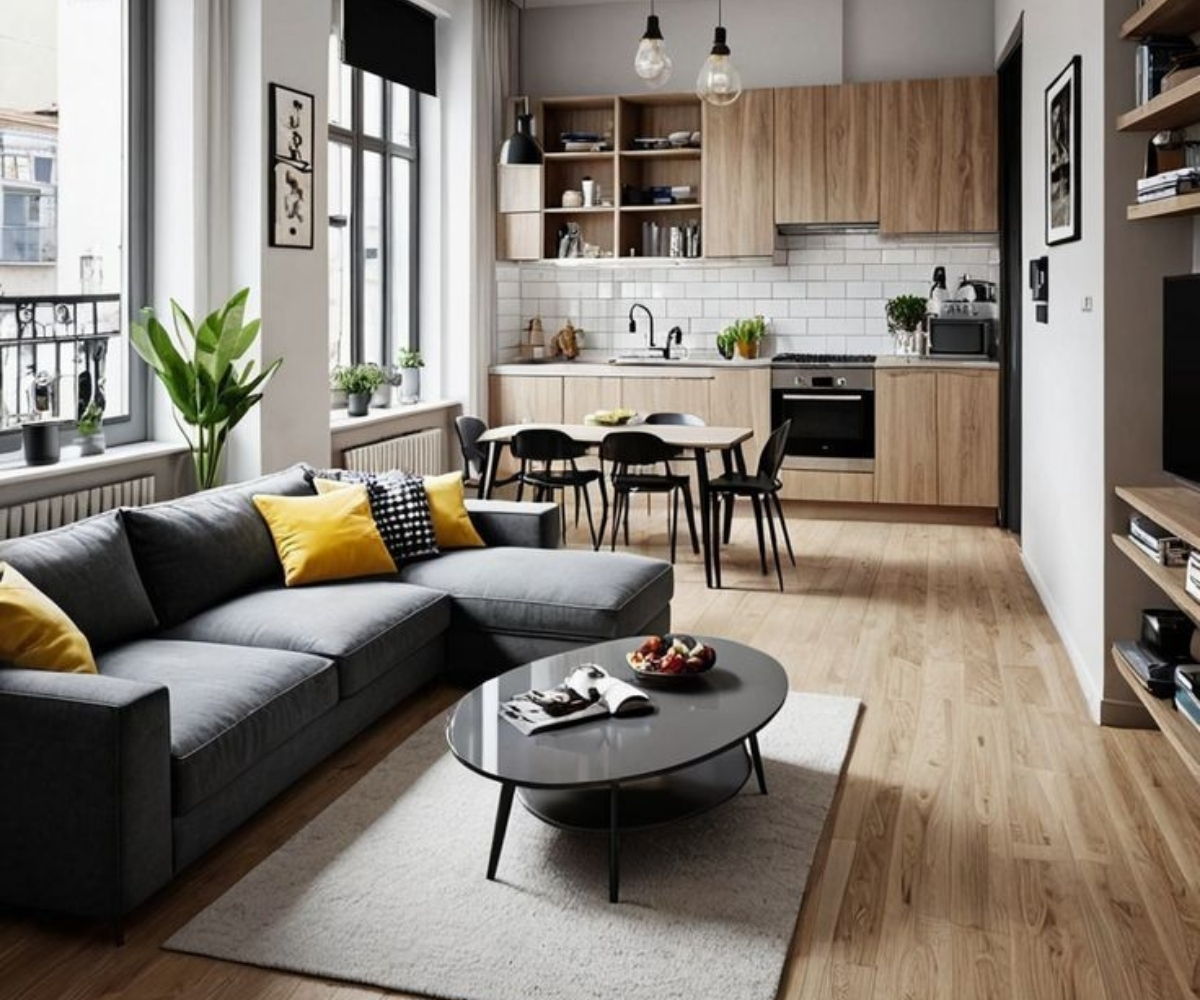Essential Tips to Make Your Bathroom Safe for Elderly Family Members
Bathrooms are among the most hazardous areas in a home, especially for elderly individuals. Slippery floors, tight corners, and poor visibility can significantly increase the risk of slips and falls. Fortunately, with a few thoughtful modifications, you can greatly enhance bathroom safety for seniors, promoting both comfort and independence.
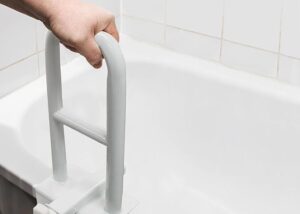
1. Shower and Bathtub Safety
Standing for long periods can be difficult for seniors, particularly those with mobility or balance issues. Here are a few key improvements:
- Shower Chairs: A sturdy shower chair with rubber-tipped legs provides a safe, non-slip seating option while bathing.
- Detachable Shower Heads: These allow individuals to remain seated while showering, reducing fatigue and fall risk.
- Grab Bars: Install stainless steel or aluminum grab bars at appropriate heights (typically between 1.10 to 1.30 meters) to assist with standing and balance. They should be securely bolted to support body weight.
- Space for Assistance: Ensure there is enough room in the shower for a caregiver if assistance is needed.
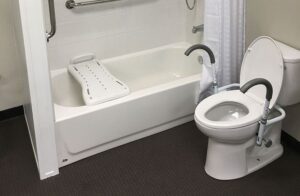
2. Toilet Accessibility and Lighting
- Easy Access to Essentials: Place soap, toilet paper, and other toiletries within easy reach. Use storage solutions that minimize the need to stretch or bend.
- Proper Lighting: Well-lit bathrooms reduce accidents. Install bright ceiling lights and night lights for evening use.
- Clear Labeling: Use large, legible labels on items to help seniors with impaired vision quickly identify what they need.
3. User-Friendly Sinks and Fixtures
- Sensor Taps: Motion-sensor faucets are easier to operate for those with arthritis or limited hand strength.
- Emergency Access: Consider installing a wall-mounted phone or emergency call button in the bathroom in case of a fall.
- Smart Layout: Ensure all fittings are positioned for ease of use—avoid sharp corners and install hardware at accessible heights.
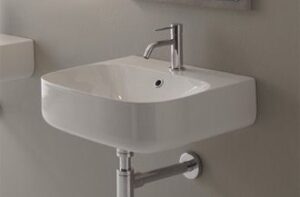
4. Safe and Slip-Resistant Flooring
Bathroom floors are naturally slippery, especially when wet. Take these precautions to avoid slips:
- Non-Slip Mats: Place rubber-backed, anti-slip mats both inside and outside the shower, near the toilet, and at the bathroom entrance.
- Non-Slip Flooring Options: Consider installing rubberized flooring, textured tiles, or epoxy coatings that provide better grip.
- Doormats: Use absorbent mats at the entrance to keep feet dry before stepping onto smooth flooring.
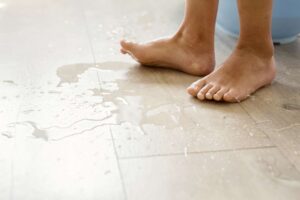
Conclusion
Making a bathroom safe for elderly family members doesn’t have to involve a complete renovation. Small but thoughtful upgrades—like grab bars, non-slip mats, and proper lighting—can go a long way in preventing accidents and offering peace of mind. These changes not only help seniors maintain their independence but also make caregiving safer and more manageable.



